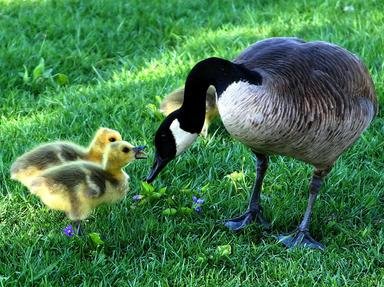
By Sea, Land, and Air We Prosper Quiz
Animals with the taxonomical name "canadensis"
The New Latin term 'canadensis' is used in taxonomy and indicates a species that is endemic to or greatly associated with Canada and its ecosystem. Can you match the taxonomical and common names for each of these Canadian animals?
A matching quiz
by reedy.
Estimated time: 3 mins.
- Home
- »
- Quizzes
- »
- Animal Trivia
- »
- Animals by Region
- »
- Canada